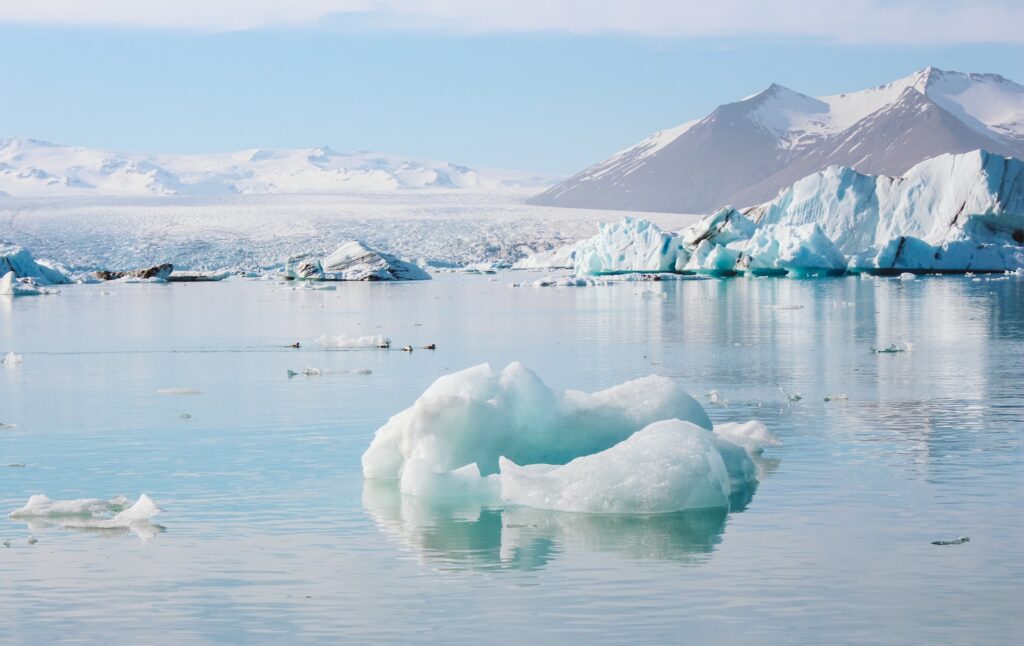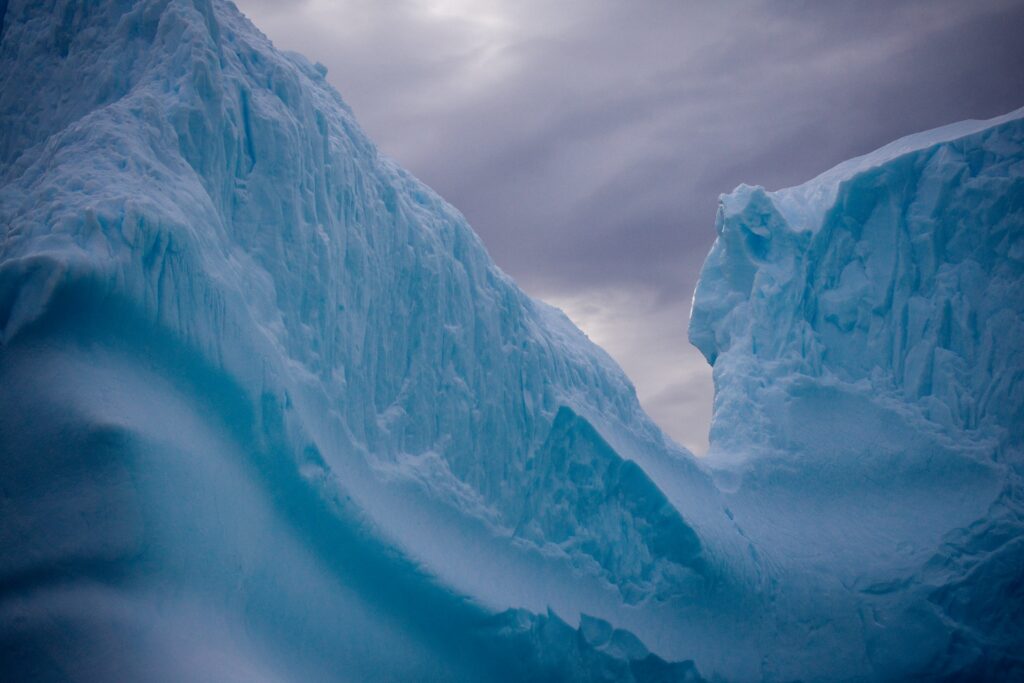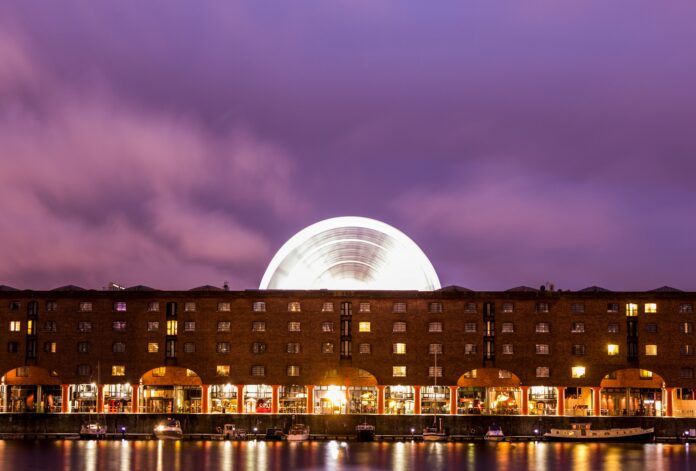When envisioning a perfect holiday, many people picture sun-soaked beaches, cultural city breaks, or mountain retreats. However, for the more adventurous traveller, the vast icy plains of Antarctica might just outshine all – especially for people who prefer colder climes.
The idea of crossing the Great Southern Ocean to reach the Antarctic Peninsula – the world’s most isolated continent – is slowly gaining traction and for good reason… After several years of global turbulence and several lockdowns endured, the idea of escaping somewhere remote has never felt more appealing.
Do you feel the pull of the pole? We do, too. Here is the IDEAL guide on the best ways for travellers to experience Antarctica.
Antarctic Cruises
The most popular and indeed the most practical way to visit Antarctica is via a cruise ship. Transporting you from South America, these cruises provide a comprehensive and in-depth exploration of the Antarctic Peninsula. They also cater to a wide range of tastes and budgets, from luxury yachts to more modest ships.
Cruises range from the economical to the luxurious, and most have a duration of 10 to 21 days. Depending upon the length of the cruise chosen, passengers are able to explore the northern tip or delve deeper into the mysterious realms of the continent. The ships are designed to cater to every comfort and need, often featuring facilities such as libraries, fitness centres, fine dining, and bars.
The ships themselves usually house between 50 to 500 passengers and are well-equipped for the journey, often providing onboard lectures by experts in fields such as glaciology and wildlife. Fascinating stuff, indeed.
Most Antarctic cruises depart from Ushuaia, the southernmost city in Argentina, and embark on a journey across the notorious Drake Passage – a journey that offers an array of wildlife sightings, including vast colonies of penguins, seals, and numerous bird species such as albatrosses and petrels.

Another delightful feature of cruises is the opportunity they offer for ‘shore excursions’. These trips enable passengers to disembark from the cruise ship in small groups and step foot onto the Antarctic mainland or visit nearby islands. Activities can include kayaking, snowshoeing, hiking, camping overnight in Antarctica, or even a polar plunge – a quick, invigorating dip into the icy Antarctic waters.
Read: 5 IDEAL cruise tips for first timers

The Antarctic Fly-Over
For those who are short on time or find sea voyages challenging, an Antarctic fly-over is an excellent alternative. This allows passengers to take in a bird’s-eye view of the continent. Departing from Australia or South America, these flights offer captivating sights such as towering mountain peaks, vast ice shelves, and active volcanoes. It’s a unique vantage point that provides a fresh perspective on the continent’s rugged beauty.
Fly & Cruise Options
A combination of the fly-over and cruise, the Fly & Cruise option has begun to grow in popularity. This includes a short flight from Punta Arenas in Chile to a landing spot on King George Island in Antarctica, saving two days of sailing across the often rough Drake Passage. From this point, travellers then join the ship and commence their cruise, which allows for an in-depth exploration of the Antarctic region.

Visiting Research Stations
Yet another fascinating way to experience Antarctica is by visiting one of the many research stations. Countries including the UK, Argentina, and Australia offer guided tours of their active stations, providing visitors with an insightful glimpse into the life and work of scientists persevering in such an extreme environment.
Such trips, it should be noted, should be organised via a tour operator approved by the International Association of Antarctica Tour Operators (IAATO). Also, do be warned that these excursions can run into the tens of thousands of pounds for just a short visit.

Timing Your Visit
The choice of when to visit Antarctica depends on what you wish to see. The Antarctic summer, which runs from late October to early March, is generally the best time to go. If you’re particularly keen to see active wildlife rather than the comfort of vast desolation, then the peak breeding season in December and January is arguably the ideal time for your journey.
Ethical Considerations
While considering an Antarctic adventure, it is important to be mindful of the fact that it is one of the last unspoilt wildernesses on Earth. Choose tour operators that demonstrate a commitment to sustainability and adhere to guidelines set out by the aforementioned International Association of Antarctica Tour Operators (IAATO).
Finally, planning your trip to Antarctica can be as exciting as the journey itself. This continent offers an array of experiences that are as unique and unforgettable as the landscape itself. Whichever method of exploration you choose, be prepared for the trip of a lifetime, one that will leave you with a long-lasting appreciation for the beauty and fragility of our natural world. And as the world slowly falls apart around us, there really is no more pressing appreciation than that.





